By the year 2020, it is estimated there will be up to
The Internet of Things (IoT) is making our world more connected than ever, and it is changing how society interacts with everyday objects and electronics. From smart speakers to machine-to-machine industrial networks, connected devices are paving the way to become the new norm.
As IoT networks connect more devices to create smart buildings, towns and businesses, it is important a reliable and secure network is being used to ensure safety of user data. The rise of these connected devices will only increase the amount of data available, connected to the web each of these interconnected devices will each produce their own data point.
As we close out
Keeping IoT devices safe can be challenging as there is no one-size-fits-all approach. Often times enterprise security falls to the wayside, with executives’ priorities set on which devices will drive efficiency in the business, and which devices to offer consumers, as opposed to focusing on finding the network that offers the most appropriate level of security.
A 0G network like Sigfox Canada is the most secure type of IoT network because it transfers small amounts of data across long ranges. The majority of messages can only be uploaded from a device and there is minimal opportunity to download information, this adds an inherent level of security. If you have limited capability to communicate with a device, you have limited opportunity to hack the device.
The Sigfox Network also takes the following extra steps for security:
- Sigfox Network:
Supported by radio technology, all network communication between the base stations and the Sigfox cloud is secure and trusted—IT platforms of customers are connected to the Sigfox cloud by using only encrypted interfaces. - Low Frequency Accuracy:
A device will transmit randomly anywhere within the operation band, meaning there is no synchronization between the network base station and the connected device—a much more secure method for devices when connected. - High Resistance to Interference:
Sigfox operates in unlicensed bands and has to coexist with other players’ signals within the band. Because of this, Sigfox uses three types of diversity schemes for robust transmissions: time diversity, frequency diversity and space diversity. This creates more security with each transmission. - Downlink Connectivity:
In order to minimize energy consumption and maximize security robustness, objects can choose when to communicate and at which frequency protecting them from hackers sending through commands. This reduces the risk of objects giving data to an ill-legitimate source. - Value of Information:
Ultimately the probability of being hacked is directly associated to the value of the information. The information from a single device communicating on the Sigfox platform carries little value, the aggregation of the information from all the devices is only slightly more useful. The security protocols implemented by the Sigfox platform would make capturing useful information from all sensors an incredibly difficult task, with very little value even if it were to occur.
As the world becomes more connected, it’s paramount users of IoT networks prioritize safety. As more IoT devices are made further connecting our world, IoT networks need to maintain security of consumer data. By partnering with a company like Sigfox, business leaders can take advantage of all that IoT has to offer while knowing their data is secure.
Data is becoming the currency of our future – and it’s time to ensure it is protected.
